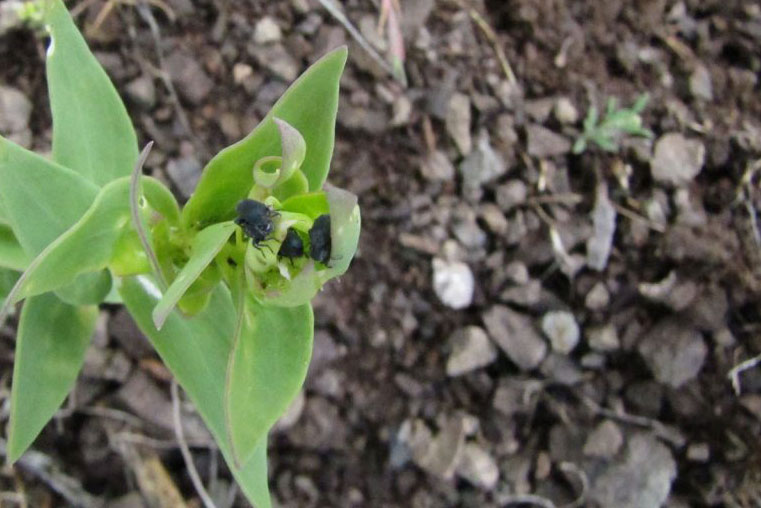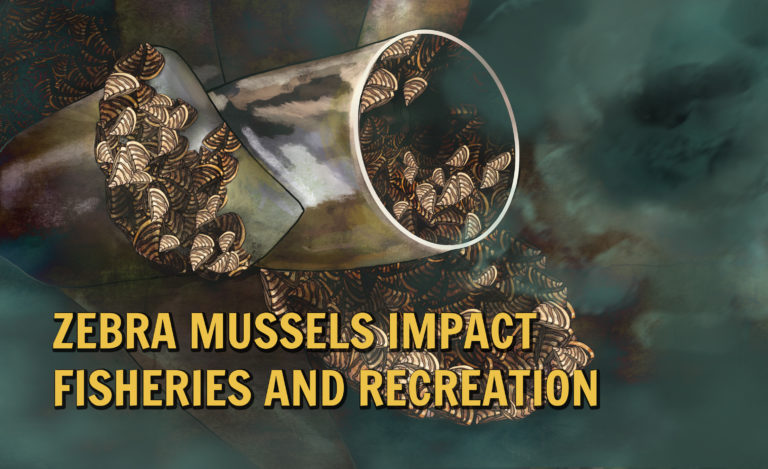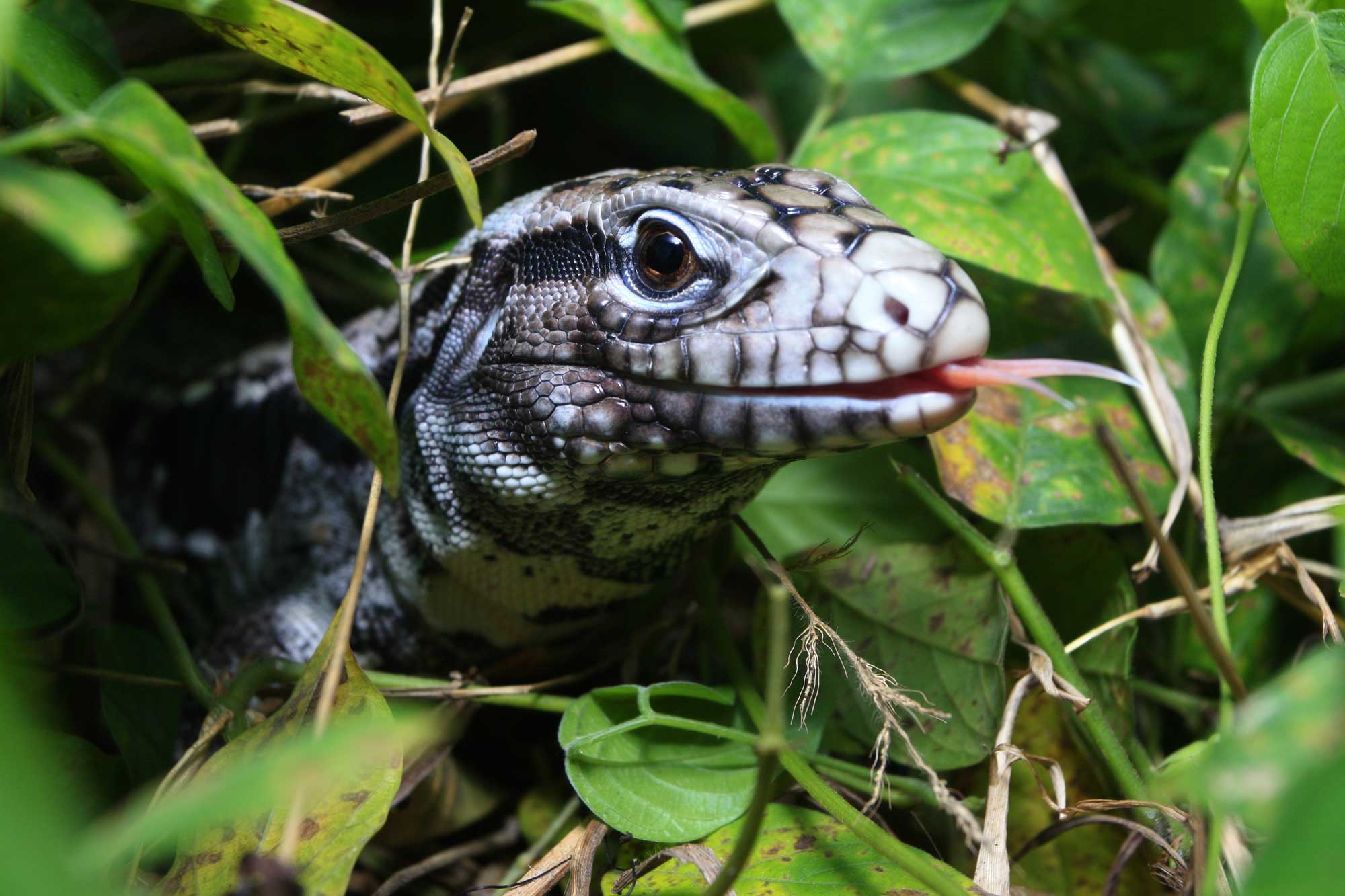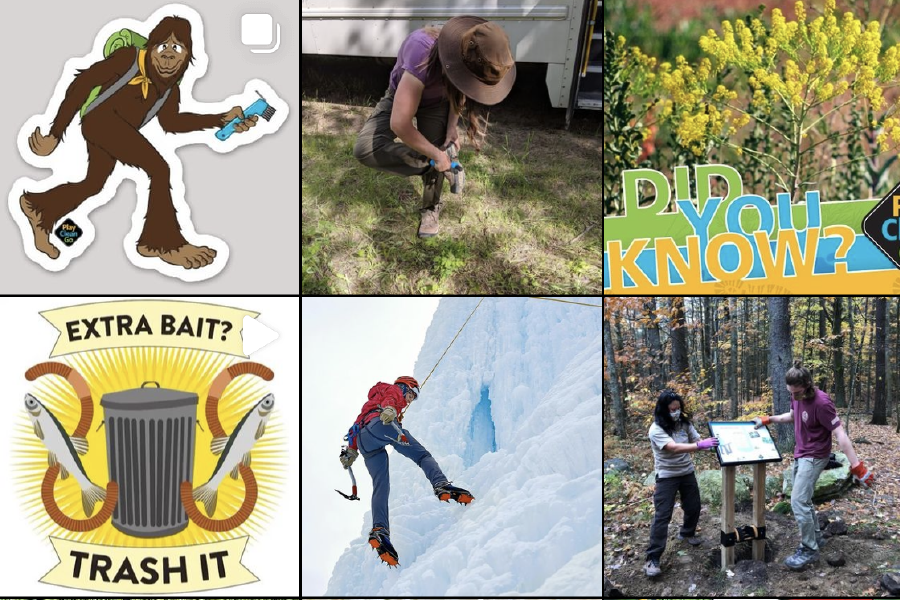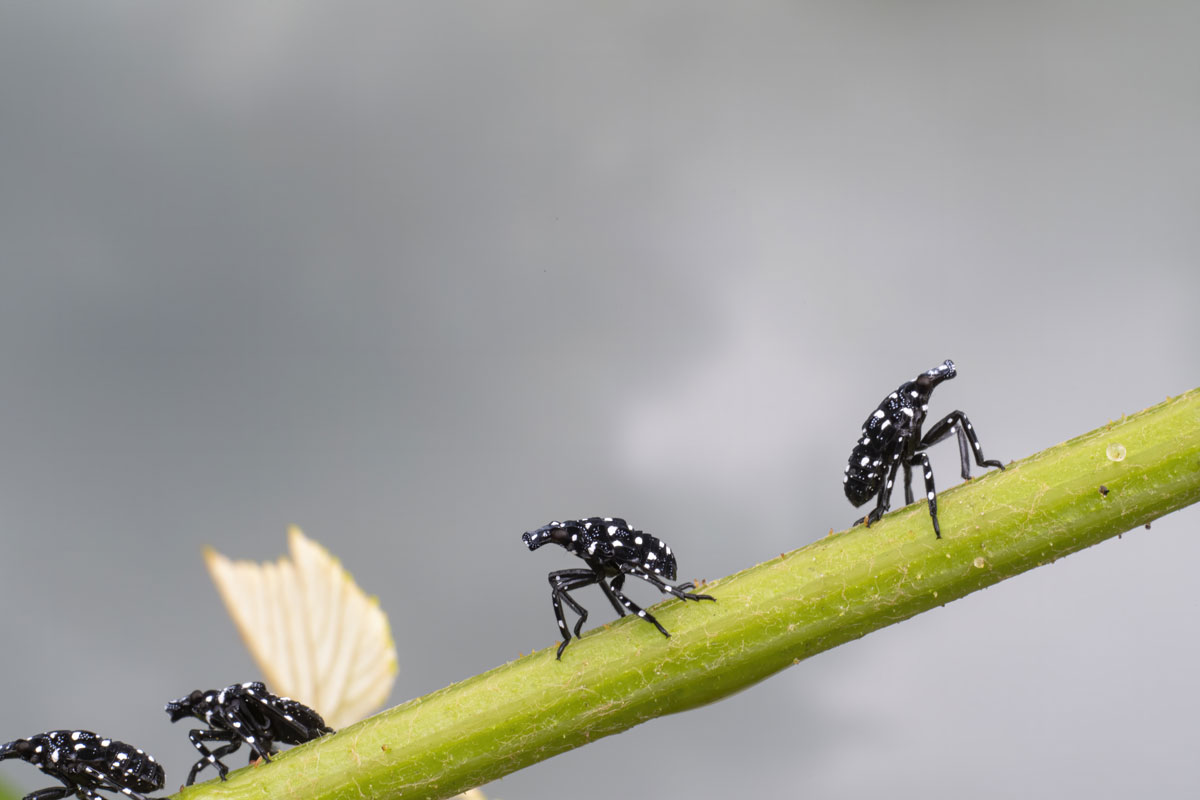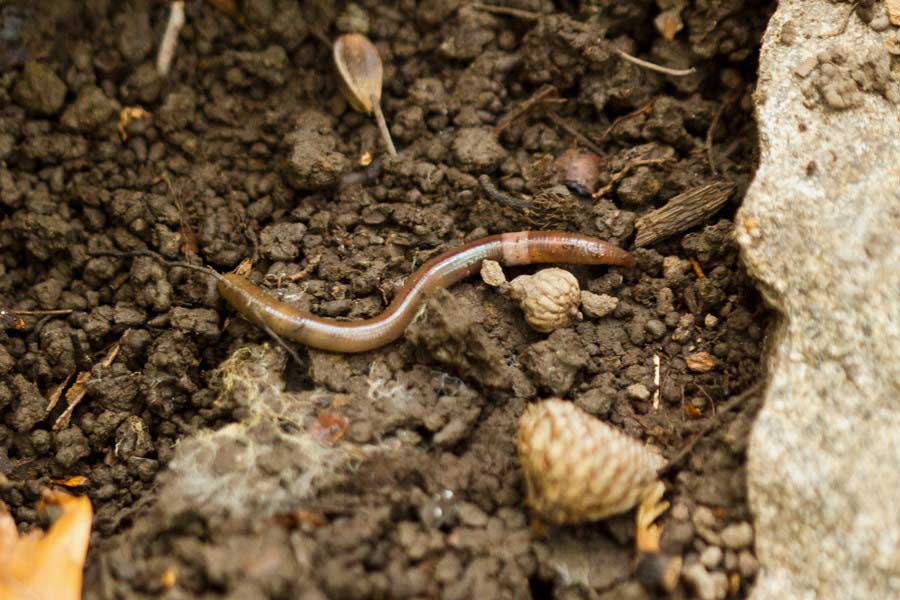Webinar: Biocontrol Misconceptions and Untapped Opportunities
Classical Biological Control of Weeds – About Misconceptions and Untapped Opportunities Presented by: Urs Schaffner, PhD, Head Ecosystems Management, CABI Modern classical biological control (or importation biological control) of invasive non-native weeds aims to mitigate their negative impacts on biodiversity, ecosystem services and human well-being. It implies the deliberate release of specialist natural enemies from the […]

